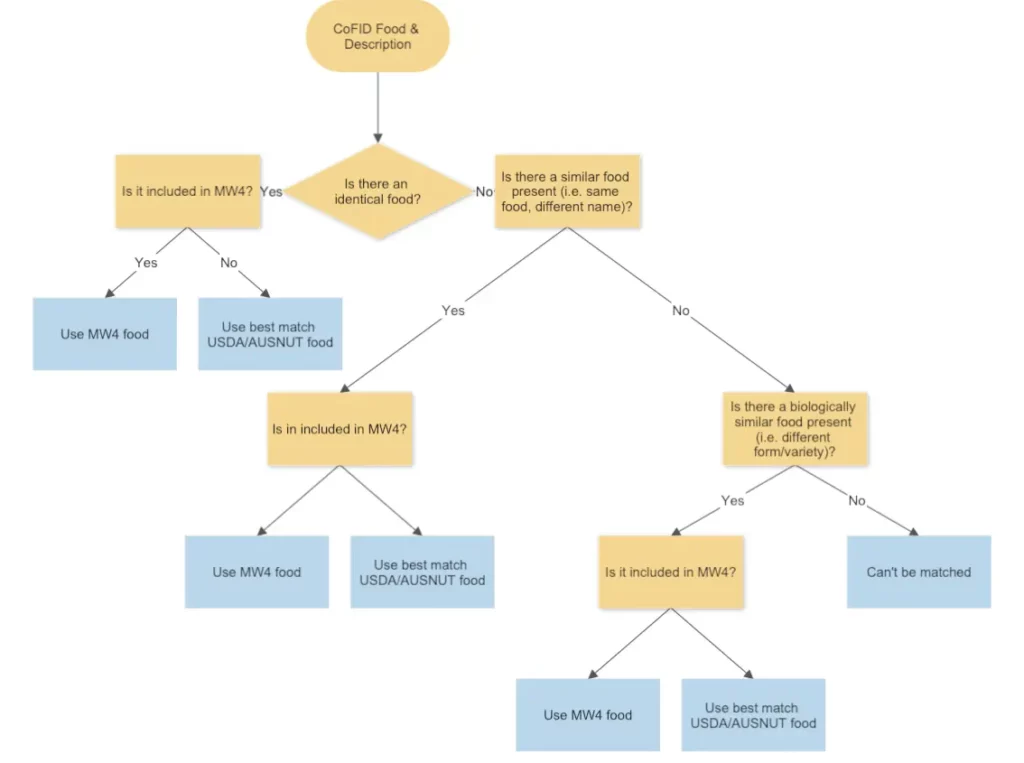This article is adapted from earlier blog posts written by Nicola Lynch.
What are amino acids?
Amino acids are often called the ‘building blocks’ of proteins. There are 20 amino acids found within proteins, each of which plays a specific role in the body. Amino acids can be categorised into three groups: essential, non-essential and conditionally essential.
Essential amino acids are those that cannot be made by the body and must be consumed through food. It is possible to become deficient in these amino acids, but if you eat a well-balanced diet, there is little risk of that happening.
Non-essential amino acids can be made in the body. While this means they are not technically needed from the diet, research has shown that some non-essential amino acids are needed in larger amounts than the body can produce, meaning they are still a valuable part of a healthy diet. [1]
Some non-essential amino acids are considered ‘conditionally’ essential. This means that sometimes, under conditions of severe illness or stress, they must be sourced through the diet in order to meet increased metabolic requirements. This group includes arginine, cysteine, glutamine, glycine, proline and serine.
What roles do amino acids play in the body?
The diversity of amino acids structures enables them to perform a remarkable range of functions in the body, including energy provision, tissue repair and wound healing, immune function, supporting the central nervous system, enzyme formation and collagen production, ammonia detoxification and acid-base balance, as well as muscle growth.
Each amino acid is composed of an amine (NH2) and a carboxyl group (COOH). Side chains attached to the carboxyl group determine the polarity of an amino acid, which in turn impacts their metabolic pathways and functionality.
Below is a list of some of the functions of amino acids:
- Energy provision: alanine, asparagine, leucine, isoleucine, glutamine and glycine support the production of energy that is used all over the body.
- Tissue repair and wound healing: arginine, isoleucine, leucine, lysine and proline are required for tissue repair and healing.
- Immune function: arginine, glutamine, lysine, histidine, methionine, proline and threonine are all involved in maintaining and improving immune function.
- Central nervous system and neurotransmitters: aspartic acid, glutamic acid, glycine, phenylalanine, tryptophan and tyrosine are needed for the function of the central nervous system (CNS). Some of these amino acids act as neurotransmitters, which are chemicals essential for the communication of information from the CNS to the rest of the body.
- Enzyme formation and collagen production: cysteine, lysine serine and tyrosine are required for the production of collagen and subsequent protein formation, and for the formation of enzymes.
- Ammonia detoxification and acid-base balance: arginine, asparagine and glutamine are all involved in maintaining acid-base balance in the body, either by detoxifying ammonia in the liver, or, in the case of glutamine, by removing the ammonia molecule from its structure, and excreting it from the body in the urine.
- Muscle growth: glycine, valine and leucine are required in the stimulation of muscle growth — particularly leucine, which also prevents muscle breakdown.
Data sources
It is essential that we have a reliable source of amino acid data as a reference point. This is why Nutritics have developed a method to estimate the amino acid content of foods to supplement the McCance & Widdowson’s Composition of Foods Integrated database (CoFID).
In the UK, the last amino acid database was published in 1980, as part of the McCance and Widdowson’s 4th Edition composition of foods dataset (MW4). We have collated the amino acid data from this source and combined with data from USDA 2015 Standard Reference 28 [2], Australian (AUSNUT) 2011-2013 Australian Health Study [3], the 2015 Japanese Standard Tables of Food Composition [4] and German Food Code and Nutrient Data Base 2014 [5] published data sources. We link amino acid data from these sources to CoFID in a hierarchical process:

In order to complete this process efficiently and accurately, Nutritics developed a bespoke tool called DB Map to support the implementation of amino acid estimation. DB Map is a semi-automated food matching and nutrient gap filling tool complete with an audit trail system.
